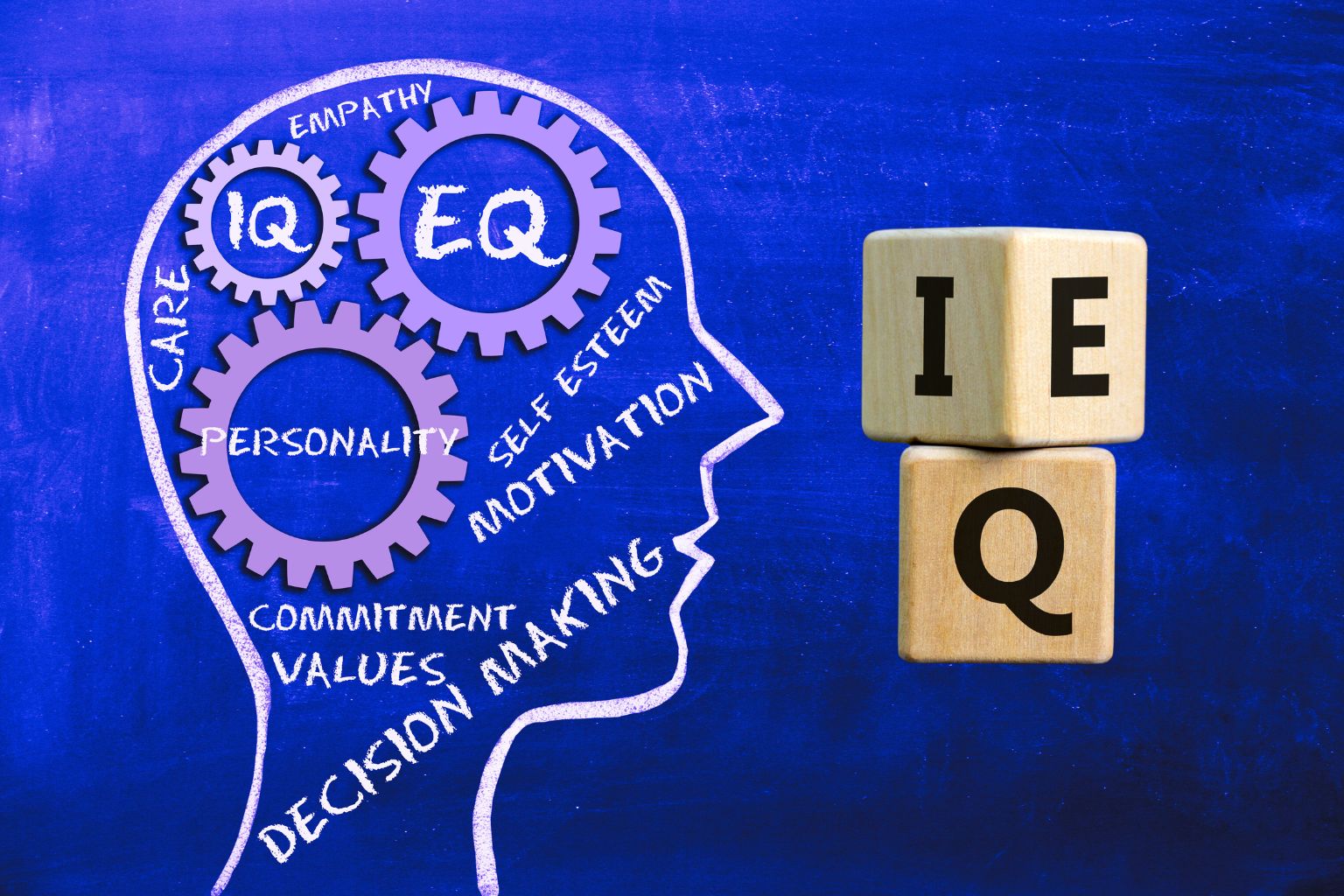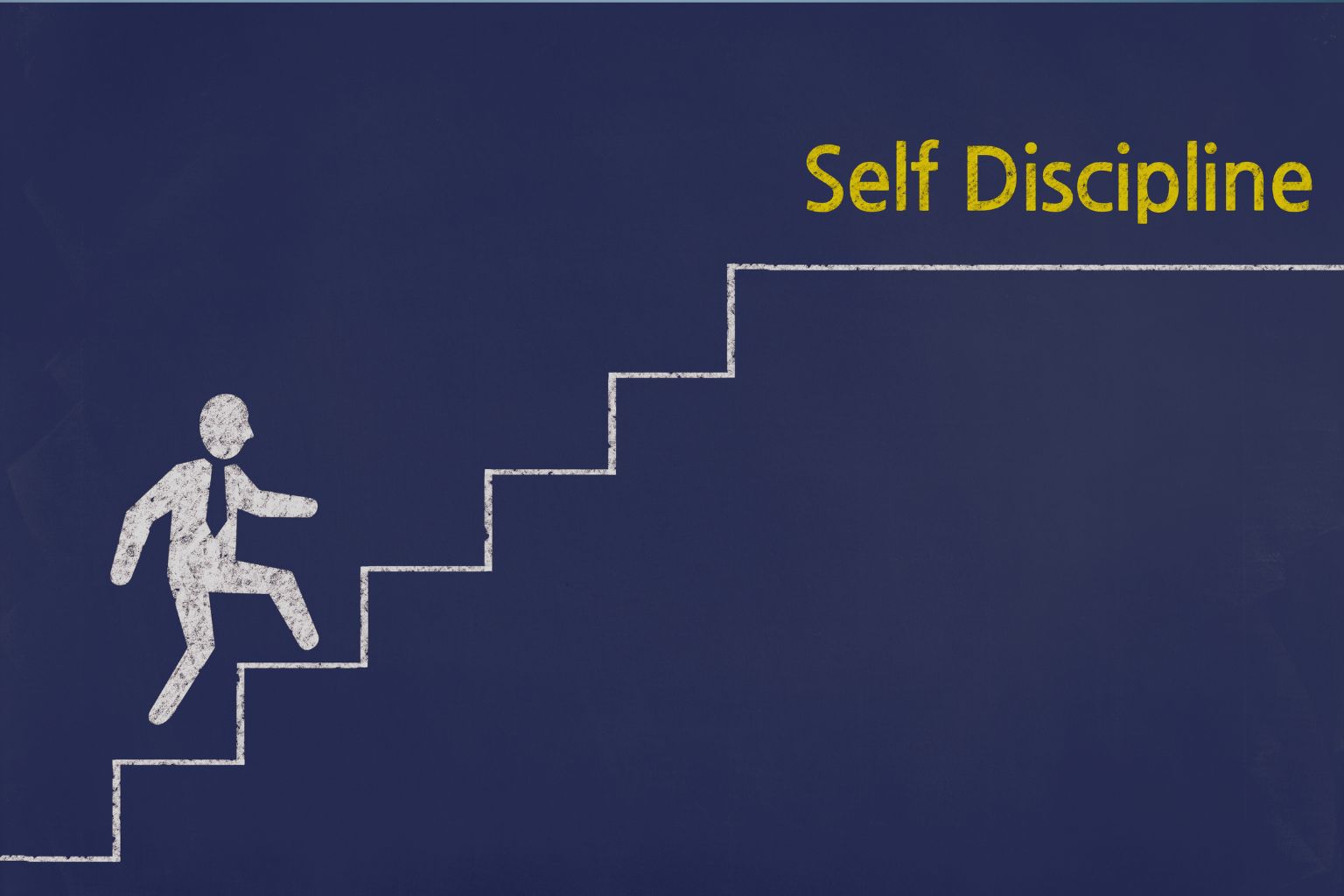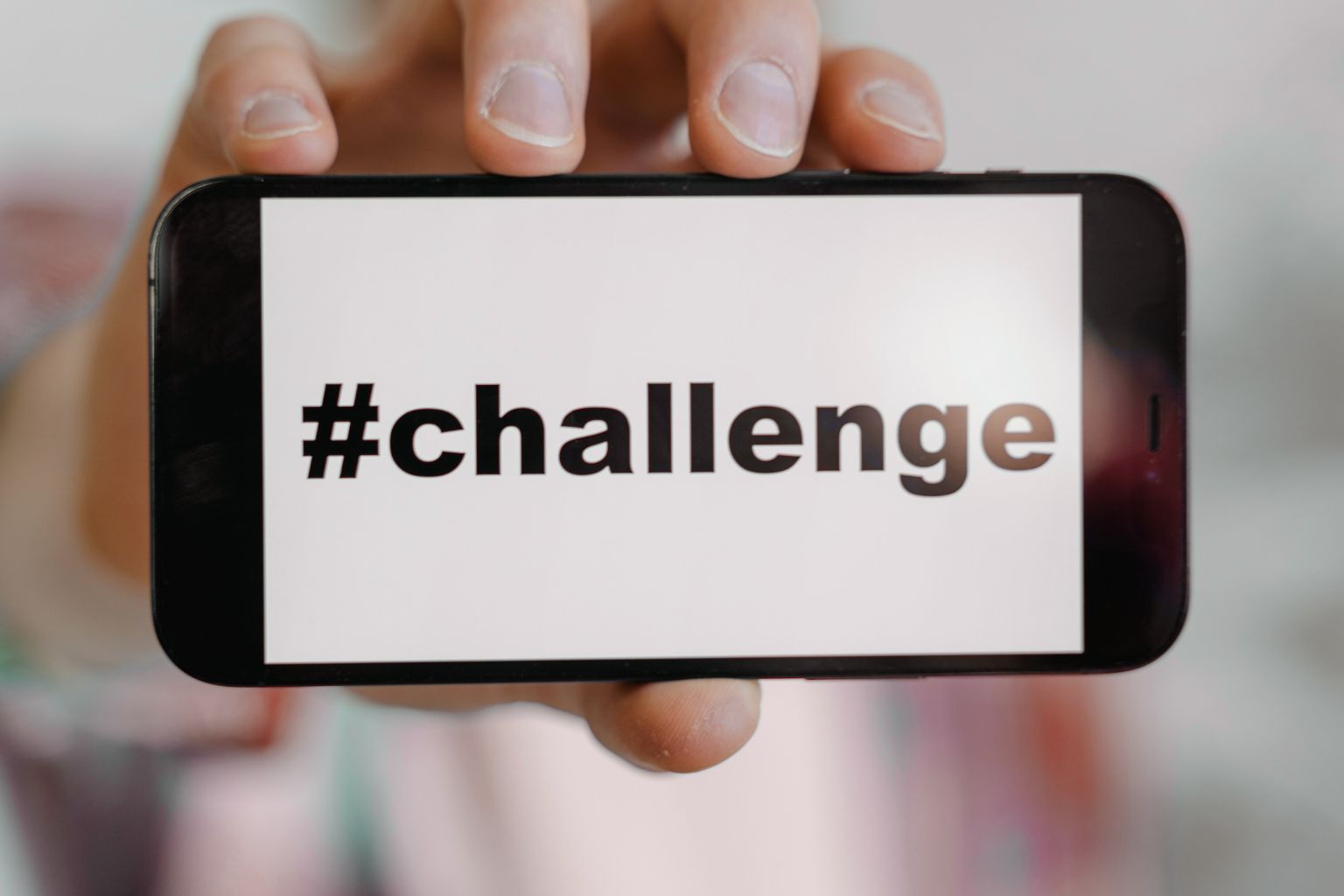The Moment Time Slips Away
Imagine this: it’s late evening, and the plan was to tackle that passion project, call a friend, or even just unwind with a good book. But instead, hours vanish into a blur of X posts, reels, and random articles about “10 Ways to Organize Your Sock Drawer.” Sound familiar? That sinking feeling of wasted time is a signal that screen time addiction is stealing more than just minutes—it’s robbing dreams, focus, and energy.
Breaking screen time addiction isn’t about willpower alone; it’s about building a system to reclaim life’s potential. This post offers a clear, actionable path to cultivate mental discipline for success, stop scrolling, and start creating a life that feels alive and purposeful.
Understanding the Pull of the Screen
Screens are designed to captivate. Every notification, like, or new post delivers a tiny rush of dopamine, making it hard to look away. The average person spends over four hours a day on their phone, often unaware of how those moments add up. To break screen time addiction, it starts with recognizing the trap and taking small, intentional steps to escape it.
One way to spark change is to track screen time for a week using a phone’s built-in tools or an app like Screen Time. Seeing a number like “5 hours daily” can be a wake-up call.
For a young professional named Mia, this was a game-changer. She discovered she was spending 30 hours a week on social media, time she wanted for her photography hobby. That realization pushed her to set limits and start snapping photos again, reigniting her creativity. Checking screen time stats can reveal what’s at stake and motivate anyone to break screen time addiction.
Crafting a Plan to Break Screen Time Addiction
A plan isn’t just a list of restrictions; it’s a roadmap to freedom. To break screen time addiction, you need a strategy that’s realistic, intentional, and tied to your bigger goals.
Step 1: Define Your “Why”
Why do you want to break screen time addiction? Maybe it’s to write that book, spend time with loved ones, or finally feel in control. A strong “why” fuels mental discipline for success.
Actionable Insight: Write down one goal scrolling steals time from. Example: “I want to break screen time addiction to have 2 hours daily for learning coding.” Pin it somewhere visible, like your laptop.
Mini-Story: Alex, a 34-year-old teacher, wanted to break screen time addiction to spend evenings with his daughter. He wrote, “More bedtime stories with Lily,” on a sticky note by his phone. That emotional anchor kept him focused, and now they read together nightly.
Step 2: Set Clear Boundaries
Vague intentions like “scroll less” don’t work. Set specific limits, like no phone after 8 p.m. or 30 minutes of social media daily.
Actionable Insight: Use the “Time Block Method.” Allocate 30 minutes for intentional scrolling (e.g., checking X for updates) and block apps outside that window using tools like Freedom or StayFocusd.
Step 3: Replace Scrolling with Meaningful Action
Breaking screen time addiction isn’t just about cutting back—it’s about filling the void with purpose. Swap mindless scrolling for activities that spark joy or progress, like journaling, exercising, or learning.
Real-Life Example: Maria, a 25-year-old student, replaced her evening TikTok binges with online guitar lessons. Within three months, she could play her favorite songs and felt a surge of confidence.
Building Mental Discipline for Success in the Digital Age
Mental discipline isn’t about brute force; it’s about systems that make success inevitable. To break screen time addiction, you need habits and mindsets that stick.
Habit Stacking for Digital Control
Link a new habit to an existing one to make it automatic. For example, after brushing your teeth, spend 10 minutes on a goal instead of checking your phone.
Actionable Insight: Pick a trigger (e.g., making coffee) and pair it with a no-phone activity (e.g., 10 minutes of reading). This rewires your brain to crave productivity over scrolling.
Mini-Story: Sam, a 40-year-old entrepreneur, used to scroll X while eating breakfast. He started journaling during meals instead. That small shift helped him break screen time addiction and plan his day with clarity.
The “Just Start” Rule
The hardest part of breaking screen time addiction is starting something else. On tough days, commit to just 5 minutes of a meaningful task. Momentum often takes over.
Actionable Insight: Set a timer for 5 minutes and start a task—writing, stretching, anything. Studies show starting a task reduces procrastination by 70%.
Track Progress, Not Perfection
Tracking builds accountability without obsession. Log your screen time and what you accomplish instead. Celebrate small wins to trigger serotonin and keep going.
Actionable Insight: Use a daily tracker sheet (like the one in our Mental Discipline for Success System Kit) to note screen time and productive hours. Seeing progress fuels motivation.
Staying Strong When Life Gets Hectic
Life’s demands—work stress, family chaos, or unexpected setbacks—can make scrolling feel like a quick escape. To break screen time addiction during tough times, flexibility and resilience are key.
Identify when the urge to scroll hits hardest. For some, it’s boredom during downtime; for others, it’s stress after a long day. A nurse named Sofia noticed she scrolled X during her breaks to decompress. Instead, she started doing quick breathing exercises, which left her refreshed without the guilt. Pinpointing triggers and having an alternative—like a short walk or listening to music—helps redirect the impulse.
When slip-ups happen, don’t dwell on them. One evening of scrolling doesn’t undo progress. Instead, reflect on what led to it and tweak the plan. A marketer named Ethan realized he scrolled during lunch because his phone was always nearby. He started leaving it in his bag, which cut his screen time in half. Treating setbacks as learning moments builds mental discipline for success and keeps the focus on moving forward.
Connecting with a Community That Inspires
The people around you shape your habits. Surrounding yourself with those who value focus and growth makes breaking screen time addiction feel like a shared mission. Joining a productivity group or finding a friend with similar goals creates accountability and a sense of connection.
A writer named Nora joined an online book club to cut back on scrolling. Sharing her reading goals with the group kept her motivated, and she finished her first novel draft in months. Even a weekly check-in with a friend—maybe texting, “Phone-free night, let’s do this!”—can spark momentum. Connecting with others who are working to break screen time addiction makes the journey feel less lonely and more like a celebration.
Reclaim Your Time, Reclaim Your Life
Breaking screen time addiction is about more than putting down the phone—it’s about picking up a life full of purpose, creativity, and joy. Every moment you choose action over scrolling is a step toward a version of yourself that feels unstoppable. Imagine the thrill of finishing that project, mastering that hobby, or simply being present with the people you love. That’s the power of digital discipline.
To make this journey easier, the Mental Discipline for Success System Kit is like a guide by your side. Its digital book breaks down strategies to stay focused, six videos walk you through each step, and the daily tracker sheet keeps you on track. Plus, the printables help map out goals, making it simple to turn intentions into reality. Whether it’s launching a side hustle or rediscovering a passion, this kit is built to help anyone break screen time addiction and build a life that feels exciting. Start now, and watch how far you can go.
Answers to Your Questions About break screen time addiction
If hours disappear into scrolling, leaving goals or relationships neglected, it’s a sign to act. Check your phone’s screen time report to see the reality.
Write down one goal scrolling steals time from, like learning a skill, and keep it visible to stay anchored in mental discipline for success.
Yes, set specific limits—like 20 minutes daily for X—and use apps to block distractions outside those times.
It builds habits that prioritize action over distraction, helping you stay focused on goals even when temptation strikes.
See it as a chance to learn. Note the trigger, adjust—like keeping the phone out of reach during meals—and restart with a small action.

















Share it!